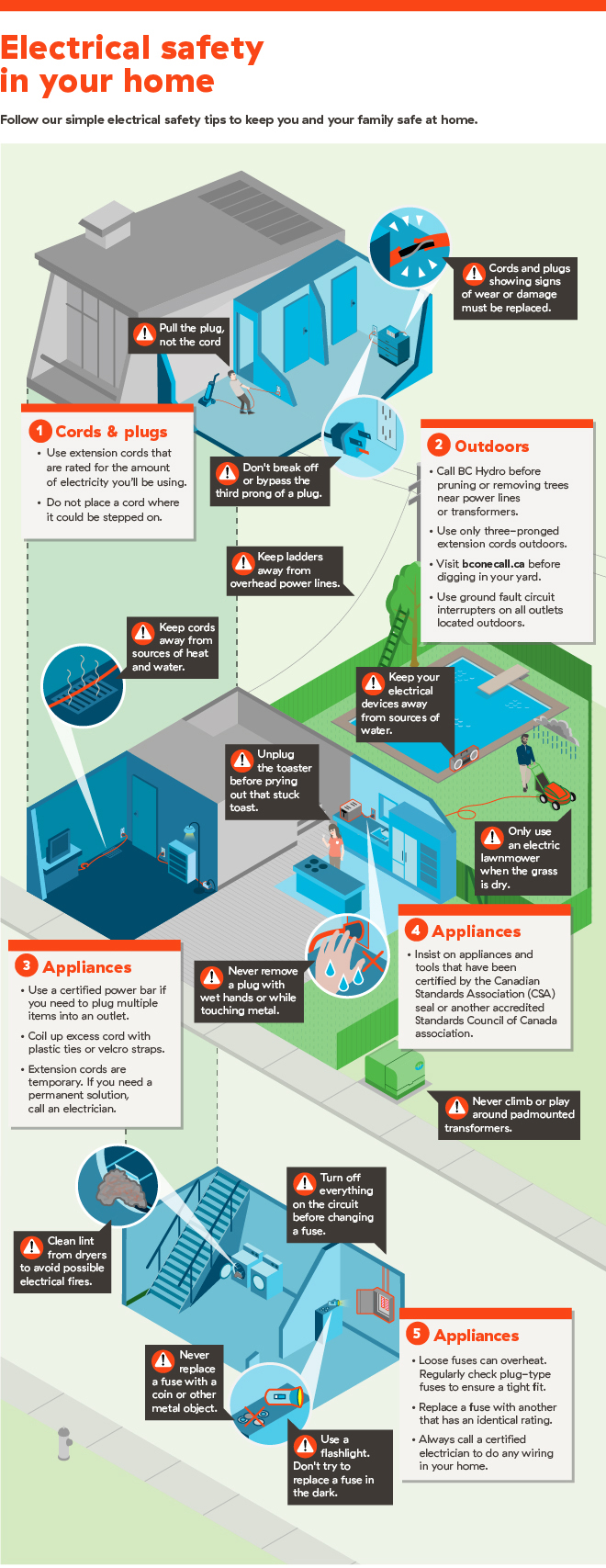Indicators That It Is Needed To Eliminate A Tree - A Manual For House Owners
Indicators That It Is Needed To Eliminate A Tree - A Manual For House Owners
Blog Article
Created By-Churchill Lu
Trees include beauty and value to building, but they can also pose a threat throughout extreme weather condition events. If a tree has actually quit expanding, is showing noticeable fungal development, or has a leaning trunk, it needs to be removed by an expert to avoid building damage and injury.
For more information, attend a property owner resource fair co-hosted by HPD, the Facility for New York City Neighborhoods, and Brooklyn-based real estate companions this night in Bedford-Stuyvesant. tree works will certainly feature the Homeowner Manual, a new guide to aid property owners navigate the obligations of owning a home.
1. Dead or Dying Branches
Trees are an important part of your home's landscape, offering shade and appeal. They likewise provide shelter for wild animals and produce oxygen, but even healthy trees can experience health problems that might necessitate their removal. Dead or dying trees aren't just unpleasant, they can be unsafe. Their branches can drop throughout a tornado, causing costly residential property damages and injuries.
When a tree's branches start to pass away, it suggests that its framework is starting to break down. If most of its branches are dead, it is likely time to remove it.
Try to find a lack of brand-new development, bark peeling, open injuries or tooth cavities, fungis expanding on the trunk or roots and a general appearance of degeneration in the whole canopy. These signs of infection can show a serious trouble that will certainly need expert tree services to settle.
2. Leaning Trunk
While it's typical for trees to lean periodically because of phototropism, if a tree has a dangerous or serious lean that's not due to natural processes - maybe an indication that the tree requires to be gotten rid of. If the tree is favoring a power line, home, automobile, play framework or any other area that could be harmful to people if it drops, then getting in touch with an expert tree solution for elimination should be a top concern.
It's likewise essential to watch for any type of sudden changes in a tree's leaning as it can indicate damages to the roots or trunk that might result in dropping. This is especially real during stormy weather, considering that high winds and rain-soaked soil can create a lean to transform promptly. Routine tracking, specifically during and after tornados can aid homeowners identify potential issues with their trees so they can call an arborist for a complete assessment.
3. over here , such as wood-boring bugs like emerald ash borer or sap-suckers like scale bugs, are so severe that they can create a tree to die. The most effective way to avoid pest invasion is to monitor your trees on a regular basis. Seek places, openings, or discolorations in the leaves and bark. Examine the trunk for fractures and indications of insect damage, such as passages or tracks.
If a tree comes to be as well plagued with parasites, or is close to a home or power lines, an arborist might suggest removal. If a leaning tree creates a new, unsteady lean, an arborist will likely advise elimination as well to make sure the safety and security of people and property. If a weakened or dead tree continually sheds too much branches, it is an indicator that it is time to get rid of the tree. If a tree continues to lose branches for an extensive time period, it could result in architectural problems and possible building damages.
4. Damaged Trunk
Trees are a lovely and integral part of our landscape, however they do call for routine care to maintain them healthy and safe. If a tree is damaged irreparable it is most likely time for it to come down.
Look for indications of damage to the trunk, consisting of upright splits, joints, dead branch stubs, noticeable injuries or open tooth cavities and serious tree-rot. The existence of fungi at the base of the trunk is one more advising sign. Fungi may show that the phloem and xylem (life-support cells) are endangered, permitting the spread of disease or a future failing.
Additionally, think about whether the tree has stopped growing. Healthy and balanced trees will have new growth every year, which may show up as buds or branches sprouting and prolonging. If you do not see any kind of brand-new development, it's a good concept to have an arborist assess the tree and follow their suggestion for elimination. A dying or damaged tree can drop and cause residential property damages.